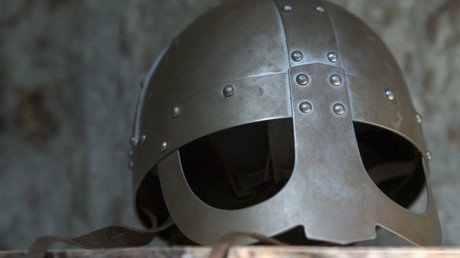Japanese rovers send back 1st VIDEO ever taken on an asteroid

Japan’s Hayabusa 2 mission to Ryugu is among the most bold and ambitious space missions that humans have ever launched and now, for the first time, we as a species have captured video footage on the surface of an asteroid.
Rovers Minerva-II1A and II1-B were released from the Hayabusa 2 ‘mothership’ after a three-and-a-half-year journey and began hopping their way across the Ryugu asteroid’s craggy surface on Friday, September 21. Having sent back multiple still images via their wide-angle and stereo cameras, Minerva-II1B has now sent back the first video of the mission.
Rover-1B succeeded in shooting a movie on Ryugu’s surface! The movie has 15 frames captured on September 23, 2018 from 10:34 - 11:48 JST. Enjoy ‘standing’ on the surface of this asteroid! [6/6] pic.twitter.com/57avmjvdVa
— HAYABUSA2@JAXA (@haya2e_jaxa) September 27, 2018
“Please take a moment to enjoy ‘standing’ on this new world,” JAXA (Japan’s space agency) officials said in a statement. The 15-frame video was shot over the course of 1 hour and 14 minutes on September 23.

The two 1kg autonomous vehicles hop around the rugged landscape of the asteroid, taking advantage of its minimal gravity by leaping distances of up to 50 feet (15 meters) – journeys which can take up to 15 minutes to complete given the asteroid’s low gravity.
In October, the Mothership Hayabusa 2 will drop a lander known as MASCOT followed by another ‘hopper’ rover, Minerva-II2, in 2019. MASCOT was developed jointly by the German Aerospace Center and the French space agency CNES.
Eventually, Hayabusa 2 will itself descend to the asteroid’s surface to collect samples which it’s aiming to return to Earth some time in 2020.

The 900m-wide Ryugu asteroid, formally known as 162173, is thought to be a relic from the earliest days of our solar system. This complex mission was launched to examine the space rock in the hopes of finding more clues about the formation of Earth.
Like this story? Share it with a friend!















